|
A while back I wrote an article on the most undervalued watch brands. It has been a wildly successful article. I get hundreds of visits a week to my site from it. If you haven't read it yet you can find it here: http://www.tinkermanwatches.com/tinkerman-journal/the-most-undervalued-vintage-watches Since I wrote that article, almost two years ago, I have learned so much more and found so many additional overlooked brands. I figured it was time to dust off the list and add a couple of new favorites. I heard it said by a watchmaker once that there were hundreds of watch brands back in the day, but today people can count the one's they have heard of on one hand. I have found that many of these "lesser known" brands offer quality pieces at a fraction of the cost...and sometimes even use the same movements! Here is my original list in bullet form, please read the article in the link above to get the details on each of these makers.
Hamilton - This one was a complete oversight. It originally should have been on the list. Hamilton watches are very high quality, and made just down the road in Lancaster PA. They were famous for their pocket watches and are still in business today (although name only). They had many notable designs and you can find good examples for relatively little money. One of their most distinct designs ever was the Ventura worn by Elvis, which was just re-released recently. Baylor - The house watch brand of Zales Jewelry Stores. I just saw a great ad from them in the 70's that said "people buy name brand watches for a sense of security, if you want security buy a blanket, if you want a watch buy a Baylor". They had many notable models Chronographs, Deep sea models, etc. Since they are a little lesser known you can scoop them up for about half what they are worth. JW Benson - A recent addition to my list.They made watches from the 1800's into the 1960's. JW Benson was like the Tiffany of London. A large jewelry store that also sold watches. The thing that I love about their watches, is their early one's have styling very similar to another famous London watchmaker, Hans Wilsdorf...better known as Rolex. Illinois - Another over sight. Although they did not have the success of Hamilton or Waltham moving from pocketwatches to wristwatches, Illinois watches are some of the most collectible watches out there. They have very unique large faces which were oversized by the 1930's standards. Timex /Ingresoll / US Time - This brand obviously is not new to me. I have just come to appreciate them a little more. I picked up a couple "Ingresoll Wrist" watches from 1918. It was one of the first wristwatches marketed to men on a large scale. The best part was the Radioactive paint that made the numbers glow! Through it's evolution to the Timex of today they have accomplished their mission well: Make watches that last and for less than everyone else. Seiko / Citizen - Seiko has become very collectible. If you talk to any old timers they will tell you they used to throw them away. There are some very unique designs, and an entire community around the collecting of the brand. Likewise Citizen is also a very collectible brand, and occasionally you come across a Citizen or "Serio" (aka Seiko) from the 1940's. Interestingly enough Citizen is the largest watch maker in the world. They own a few little companies you may have heard of like: Miyota (makers of just about every Japanese Quartz movement), and Bulova (our beloved American watch brand is no longer American). Tissot - The Omega of England. Tissot watches are vastly popular in England, but not as much here. Ironically they share many movements with Omega as the companies merged in the 1930's. The vintage chronographs are definitely costly, but the earlier non-complicated models are much more affordable. Enicar / Racine - This Swiss brand made a lot of wonderful watches. They are most famous for their Sherpa Watch, which sells in the thousands of dollars, but their lesser known watches are of good quality. Enicar is Racine spelled backwards, and Racine is the last name of the founder of the company. One of their famous innovations was the Star Jewel which was all a marketing ploy, and strapping a watch to the rudder of a ship that sailed across the Atlantic. The Enicar dive watches were favored above Rolex when tested for the military. While they did not outperform them, when the cost was considered there was no measurable difference in performance that would warrant the additional cost of a Rolex. Medana- Mostly for their Calendar watches. Medana is made by Roamer, they made pin lever watches. Most of the time I would not bother with pin lever movements, but their calendar watches are great, and they went out of their way to make their pin lever movements look like a regular jeweled escapement movement, even to putting in a full regulator and fake balance screws on their balance wheels. Solvil et Titus - I really wanted to buy a Titus watch, but I just missed it at auction. It will forever be the one that got away. Like Benson, they have many models that are very similar to Rolex, and they always use quality parts and movements. They were founded by Paul Ditisheim - (Not to be confused with the maker of the Winton and Nassau and Marvin watch company - Didisheim). Paul Ditisheim and family created Solvil et Titus, Vucain, and Movado! Elgin - Another oversight. Elgin watches are very collectible and quality. They like many other made a wide array of styles. While their designs are a little more traditional it is common to find watches from the 1930's for not a lot of money. Their top of the line model is the "Lord Elgin". Bargains on the Big boys list - I feel the need to say that just because a brand is on the more recognizable list doesn't mean it is not one that should be hunted. There are tons of vintage Bulova, Movado, Omega, and even the occasional Rolex watches selling WAY below their worth. This article is more a statement on brand name awareness than on on market value.
As always Happy Hunting! - Tinkerman Watches
0 Comments
As a watchmaker it works out well that I have family near Columbia, Pennsylvania. That is where the National Association of Watch and Clock Collectors Museum and World Headquarters is located. I have driven by it a couple of times on family visits, but never had the time (no pun intended). This last visit we managed to free up a couple of hours to check it out. A couple of hours was not sufficient. The museum is very impressive. The building is absolutely gorgeous and much bigger than I expected. When you enter the museum you are greeted by a large, spacious foyer with high ceilings held up by massive columns. Around the perimeter are running tower clock works on display. As you enter the museum you are brought through the development of timepieces: early timepieces such as sundials and candle clocks, then tall case clocks, wall clocks, tower clocks, pocket watches, and wrist watches. The halls are large and welcoming both stroller and wheelchair friendly, and the displays are clean and well maintained. Along the way are a host of tools and machines on display... as well as a recreation of a watchmakers shop from around the turn of the century. It has cases of watches on display, and this is where I found two of my favorite items. The first was an early Hog bristle pocket watch (my last newsletter dealt with this extensively). The second was a very interesting pocket watch with a spherical hairspring. It was beautiful! The shear volume of items on display is impressive, there is case after case of watches... and walls and walls of clocks... I wished there was a display showing the early transition from stationary time pieces to mobile ones. Something to highlight and show the early innovation of clock makers as they struggled to make time keeping mobile. But I might have missed it since I had to rush a little with three kids under 10. The museum had a couple of kids crafts out which really helped. There were tables along the way where they could make a sundial, clock face, and coloring sheet. That kind of stuff is great and shows the museum staff knows that a museum needs to appeal to all ages. When you get into the wrist watches there are some great items on display, early auto-winders, lots of advertising, and a large collection of items from the Hamilton watch company (which was located just up the road in Lancaster). For me it was nice to look at a case full of watches and pick out the ones I liked best for whatever reason, but for those in my group that had limited knowledge of what makes a watch different it was just a case of watches. It would be a welcomed addition to highlight why the important features of the various watches are important. Most people I talk to don't know the difference between a 7 or 21 jewel movement, and why it is important, or the difference between a standard watch and a trench watch, or what the development process was like to get to where we are today. The museum does an excellent job telling you exactly what you are looking at, but leaves it to you to know why those features and their development are important. Explaining the "why" would increase the understanding and appreciation for the less informed masses looking at the exhibits. There are a number of items and exhibits that are switched out regularly. My understanding is that each return visit you should see something that was not on display before. The gift shop alone is worth the stop. They have a great selection of clock and watch decor, books, and apparel. All in all the museum is a must see for any clock or watch enthusiast. I highly recommend it. After all, it is filled with everything that makes us tick!
-TW In the spirit of Jeff Foxworthy here is: "You might be a watch addict if..." Enjoy!
If you get excited at a flea market because you find a beat up Timex from the 1960's, you might have a watch addiction. If your watches oil is changed more often than your car's.... If you know the difference between an Electric watch and a Quartz watch... If you shop more often for a watch to wear once or twice a year than clothes to wear everyday...If you strain your eyes to see what type of watch a celebrity is wearing, you might be an addict. If you mail more ticking packages than the una-bomber, you might have a problem. If you would rather wear a 90 year old watch that could stop at any minute (and sometimes does) rather than a modern timepiece...If your idea of a good time is meeting perfect strangers from craigslist in a dark ally with plastic baggies full of old watches and pockets full of cash, you might have a problem. If you can name more than 5 Swiss watchmakers, you might have a problem. I got up to about 45 makers in a couple minutes...alphabetically. If you have more watches that "could run" than watches that do run... And finally, if you count by the shoebox full, instead of watches, you definitely have a problem! I don't know about you, but I think I might have a problem. This month has been insane, that's why the newsletter is coming out at the end of the month instead of mid-month. So, I thought I would have a little fun. I tend to talk to people about watches...ALOT...just ask my wife. The one thing that I hear often is the comment "I don't wear a watch". When I hear that I laugh maniacally and say to myself, "oh, you will!"
Watches are like winter clothes. At first they might feel a bit cumbersome or awkward, but after you get used to the feeling you are very grateful and would not want to be caught without them! They serve a purpose. If you don't already wear a vintage watch, here are a few reasons you should ...and if you are looking for a great watch for your money, I know a guy :-) Top five reasons to wear a vintage watch.
I hope I have given you food for thought. Watches are a great hobby, collectible, heirloom, conversation piece. There is a very low barrier of entry, abundance of material, and watch people usually love sharing what they know. There are groups, clubs, really cool websites, newsletters...like mine! Whether it is $10 or $10,000 at the end of the day you have something that you can treasure for a lifetime. As always, thank you to all my customers. This is a great thrill ride, and I am so thankful for others who share my passion for vintage watches! God Bless, Rob PS - You can 'like' Tinkermanwatches.com on Facebook there is a link on the homepage. Just click it and it will share the site on your timeline. Vintage watches sell for $50 to $50,000; Many of the lower cost watches are excellent quality, but made by lesser known makers. That could lead to a real bargain...if you know what to look for! Vintage watch collectors know that there are hundreds of vintage watch brands, most using the same Swiss movements, but the average collector only knows a handful. Most of the best known watches are on my Top 10 list of the fine watch brands: 1) Patek Phillipe 2) Rolex 3) Cartier 4) Breitling 5) Jaeger Lecoultre 6) Movado 7) Omega 8) Zenith 9) Longines / Wittenauer 10) Bulova The last five on the list present the best value per dollar in my opinion. You will get a lot more for your money from a $1,500 Omega than a $1,500 Cartier for instance. I think the first five on the list have managed to elevate themselves into a status symbol role. So from a watchmaking perspective the mechanics don't justify the inflated price tag. Just as some of these watches are overrated, some really good watches are underrated. I laugh to myself when I see a tray of watches and they have a 1960's Timex and Caravelle or Helbros priced the same. It is because of brand name awareness. Everyone knows Timex. They have great staying power in the market. When it comes to vintage watches though the quality of a Timex pales in comparison to the quality of a lesser known American / Swiss brand. I think this advertisement from the 60's sums it up. So what are the most undervalued watches and why? Westfield - You can pick them up for under a hundred dollars and get a really nice watch from the 1930's or 40's. Westfields were made by Bulova and look the same many times as the Bulova counterpart with a few less jewels inside. The fascinating thing about Westies' is that Bulova used shock-protection in Westfields before it incorporated it into the Bulova lineup. That means many times the 1930's Westfields outlast the same era Bulova's. Helbros - A lesser known brand. Helbros stood for Helvetic Brothers. They were very popular in the day, and made great quality watches. The thing I love about the Helbros is the way the kept current on trends. You can find wrist-alarm, triple calendar, and automatic watches for a fraction of the cost of a comparable Movado, Bulova, or Benrus. Caravelle - Also a Bulova subsidiary. In the 1960's Caravelle replaced Westfield as Bulova's entry level offering. As you see in the ad above. The Quality of a Caravelle far surpassed the Quality of a Timex for the same price. Gruen - Originally a German Company. For a while Gruen and Rolex used the same movements. The company name was eventually sold off due to financial mismanagement, but they always made great quality watches. You can find them for real bargains. Benrus / Belforte - Benrus is the highest priced maker on this list. They were larger than Bulova in their day, and made really great watches. You can find them for really great prices. What is less known is that Belforte was an off shoot of Benrus. Belforte watches are also of great quality, but sell cheap because the name is less known. Bucherer - In 1888 Bucherer opened Lucerne, Switzerland's first watch and jewelry store and partnered with a then little known watchmaker Hans Wilsdorf that was just starting his watch company called ROLEX. The two companies have been inseparable ever since. Bucherer, also a watchmaker, offered quality watches rebranded under the Bucherer name. Winton / Nassua - Made by the Didisheim family that went on to create the still popular Martin watch brand. Winton and Nassua watches were one of the names imported by the Didisheim family. The Didisheims went on to create Marvin Watches, a brand that is still in operation today. The history of their company dates back to the 1800's. They were based in New York City. Jubilee - Made by Wittnauer / Longines. Quality watch for low investment. Buren - A very popular watch in the day. They were owned by the Hamilton Watch Company. I have seen them in vintage Montgomery Ward's Catalogs. You don't see as many as some of the others on the list, but they are a good quality watch that sells for reasonable prices. Other High Grade Swiss Makers - Some honorable mentions are: Clinton, Croton, Cimier, Gotham, Mimo / Girard-Perregaux, Waltham (for early watches, lower quality later). I don't have enough room to list all of the names of all the smaller watch firms. Some were in business only a handful of years but made great quality watches. The thing to remember is that a high jewel count Swiss movement from a no name company is probably the same movement used in well known watches. Bonus Tip - Complications usually mean money. Any windup chronograph is going to be worth at least $50+ more than its "time only" counterpart. Date pointers, moon phase, self-winding movements all add dollars. Also, early innovations. For Instance, center sweep second hands were developed in the 1940/50's. Early sweep second hand watches are usually called doctor or nurse watches since doctors used them to measure the patients pulse. The rarest date back to the 1930s. Other innovations to look for in the early 1940s are shock-protection, waterproof cases, self-winding, and date windows (this is common today but before the late 40's everything used date pointers with four hands). Watches were like computers in the sense that today you can have ten different manufactures putting their name on laptops all with the same motherboard inside. You might pay more for a Lenovo Thinkpad than an Acer but it could be the exact same on the inside. Thank You, and Happy Hunting! 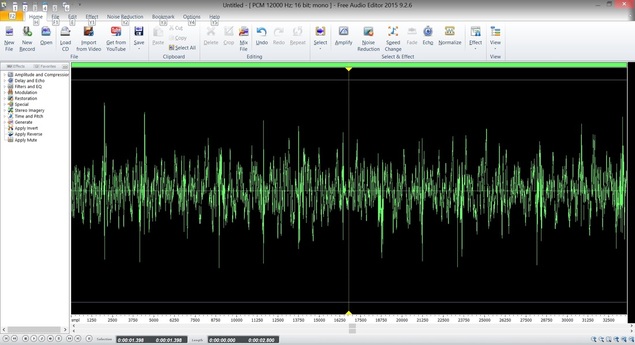 The reason I got into watch repair to begin with is because I hate spending a ton of money on anything that I think should be cheap or easy. I feel the same way about watch timers. Perhaps, once I graduate beyond the basics I will invest in a proper watch timer. But for now I just wanted a quick way to tell if a watch is running at the correct rate. I attempted too use my PC to time the watch...and it failed. I explain below. But through trial and error I was able to get it back to running on time. Why not Use Your Computer to Get it Close? I thought that using nothing more than a Laptop and free audio software I could regulate a watch. Granted, this method wouldn’t allow you to find error in the escapement and such. But to get a general idea of the rate at which a watch is running it would work...right??? Here's What I Did... Step 1: Downloaded a free audio recorder. I like Free Audio Editor 2015 from download.com. Step 2: Went into a quiet place and set the watch to be recorded on the microphone. You can use any microphone for this, you will find it easier to get one that plugs in, but I hang the watch over the top of the Laptop screen so that it rests on the built in microphone. Step 3: Recorded about 65 seconds of the watch ticking. You will see the ticks as sharp peaks if everything is set right. Step 4: Trimmed the recording to a 60 second clip. When I trim the recording I start just after a peak and highlight until the length of the clip equals as close to 60 seconds as I can get. Step 5: Counted the peaks. With a 60 second clip there should be 300 peaks, these represent the ticks and tocks of the watch. If you have 300 then you know that the watch is running accurately. This is because a 18,000 bph movement has 300 beats per minute (18,000/60). Step 6: Error rate. Let say you don't get 300 ticks, let say you get 301 ticks on the graph. "Not Bad..." you think... Wrong! What is that error rate? To find the error rate simply divide the ticks by the number of seconds. For our example we had 301 beats in 60 seconds. 301/60 = 5.0166 beats per second. The watch should be running at 5 beats per second. That means the watch is gaining 0.017 beats per second, or 0.017 * 60 seconds = 1.02 beats gained per minute, or 61.2 beats per hour. That is 12 seconds an hour. That is about 5 minutes a day... In order to be effective you would need to record about 10 minutes and count all the ticks...3,000 that is, to look for one extra...even that would still be a 1 second per hour error rate. The Better Way: Trial and Error Step 1: Log into the Time.gov website. This is the official government website for the current time. What is nice is it gives time in seconds. Check the watch, note how many seconds fast or slow it is at that moment. I wear the watch during this process so it is moving around. Step 2: Check again in 2 hours, make a note. Step 3: Check again in 2 hours, and adjust the regulator. Step 4: Check again in 2 hours, and adjust the regulator more. You may go too far and then have to come back. Eventually it will balance out and you will find the sweet spot where it runs most accurately. TINY ADJUSTMENTS are all that is needed. Step 5: Once it runs 2 hours accurately, move to every 4 hours and Check and Adjust. Step 6: Then Check and Adjust every 6 hours. I try to regulate the watch to be within 2 - 10 seconds a day (depending on the watch). I have heard people say under a minture a day is fine for vintage watches. Two seconds or less a day that would keep you under 1 min a month, and 10 seconds at the max is about 5 minutes a month. I usually don't wear the same watch for more than a day or two, so long term accuracy is not as important. UPDATE: To make it a little simpler if you are running for 4 hours and gain/lose less than 1.5 seconds you are good to go. One minute a week is great for a vintage watch. That is 8 - 9 seconds a day. Break that down further and you have about 1.5 seconds in four hours. Below is the Swiss Chronometer standard for modern mechanical watches. As you can see a high quality modern watch is allowed -4 to 6 seconds per day variation (that is a 10 second swing). Six seconds a day is 42 seconds a week, just under a minute. COSC Chronometer Certification parameters: Average daily rate: -4/+6 seconds / day Mean variation in rates: 2 seconds / day Greatest variation in rates: 5 seconds / day Difference between rates in Horizontal & Vertical positions: -6/+8 seconds / day Largest variation in rates: 10 seconds / day Thermal variation: ±0.6 Rate resumption: ±5 seconds /day Good Luck! 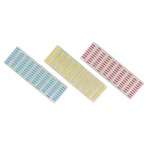 Recently I purchased a 1940's Invicta tank style watch. It was an impulse buy and for under $10 I figured I could make a buck on the deal. It needed work. It was not running, missing a crystal, and had no sub-second hand. Tried as I might I could not locate a reasonably priced crystal for it. Luckly, I have a shoe box of old watch crystals purchased a while ago of various size all vintage glass. I dug through that box and found one that was close. It at least had the same general shape. And it was only about 3mm too large. I got my hands on a set of diamond hones from Harbor Freight ($10) and went to task grinding down the crystal. It took an hour or two and I went slow and wet the stone to avoid excessive heat and chipping. The end result is not too bad. A watch looks much better with a crystal than without. Try it! 
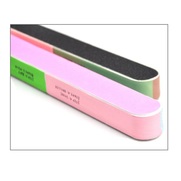

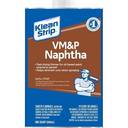

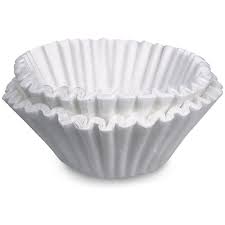
 Have you ever been frustrated by pouring fluid from a can with a spout only to have it dump all over the top? Have you ever had to add oil to your car and not had a funnel? Great news, now you can do both with a simple tip. Your car first... Pull the dip stick partially out of the tube leaving a couple of inches in the fill tube, hold the can of oil touching the top end of the dip stick. Pour. As if by magic, the oil will stick to the dipstick and follow it straight into the fill tube. To do the same thing with those chemical containers, I use a wooden grilling skewer. Touch the one end to the container spout and hold the other over my receptacle. The fluid will flow down the stick into the container below. Good Luck! 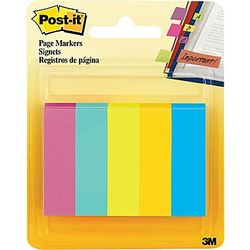 When I am disassembling watches I always have a supply of Post-it notes on hand. If you place them upside down you have a great screw/parts holder that you can label. Another use is to place screws in their holes. I am sure that you have tried to hold some thing tiny with a pair of tweezers, the result is a high velocity projectile into the great abyss. If you stick the screws head to a thin strip of post it and then place it in the hole and slide off the post-it you have a trouble free way of holding small items without the risk of firing it across the room. I like the smaller page flags. |
AuthorI love old watches. They cost too much to have fixed, so I taught myself how to do it. Here I offer some basic suggestions for people on the same journey. Archives
October 2017
|
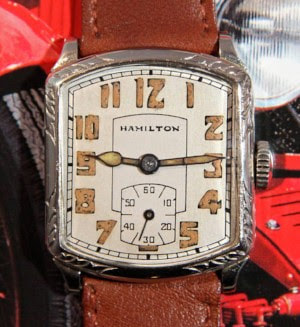
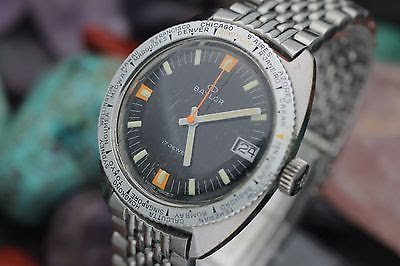
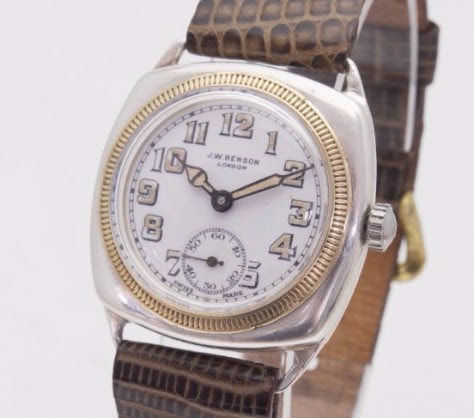
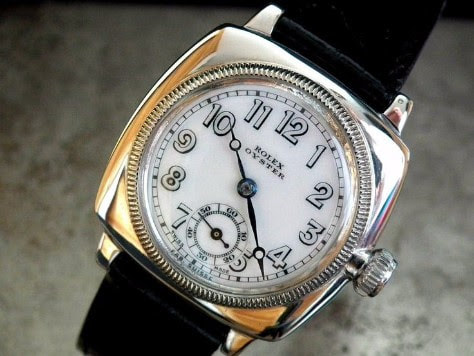
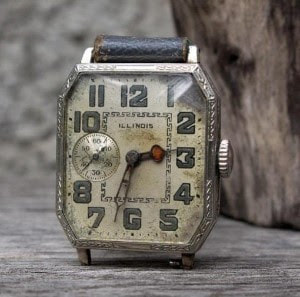
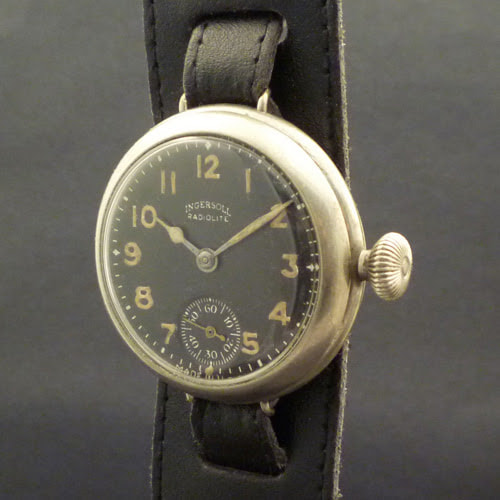
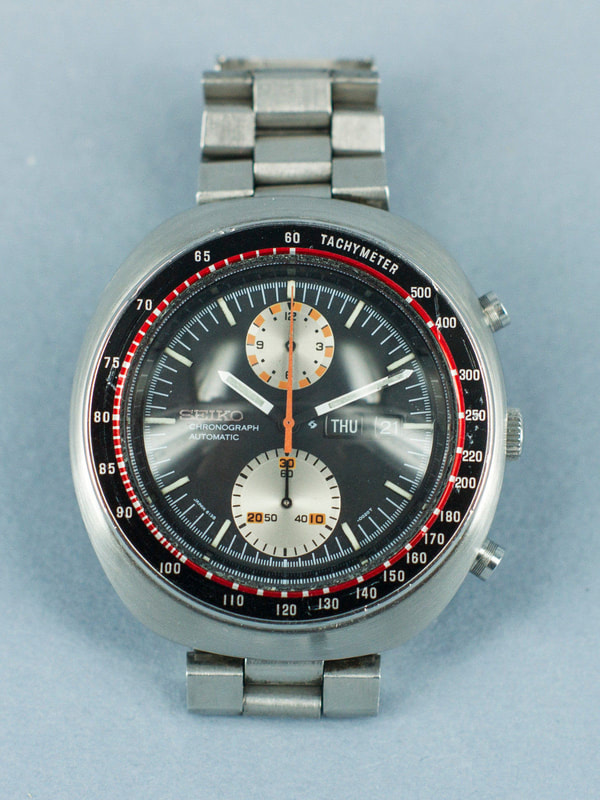
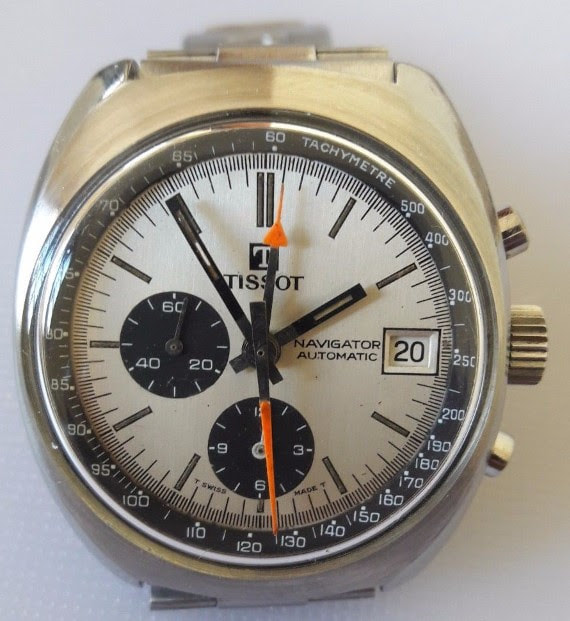
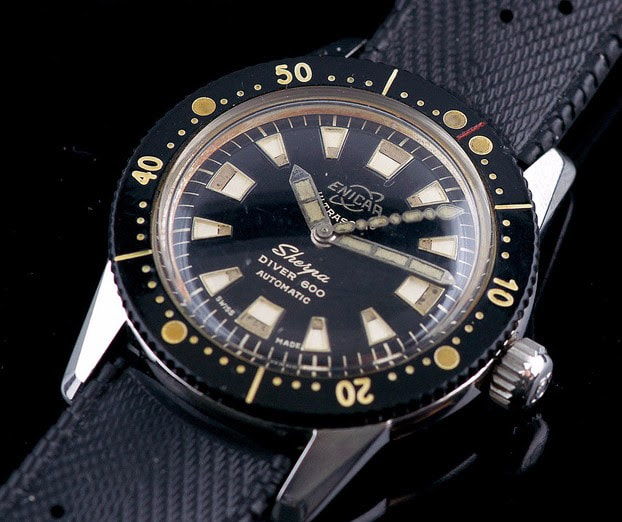
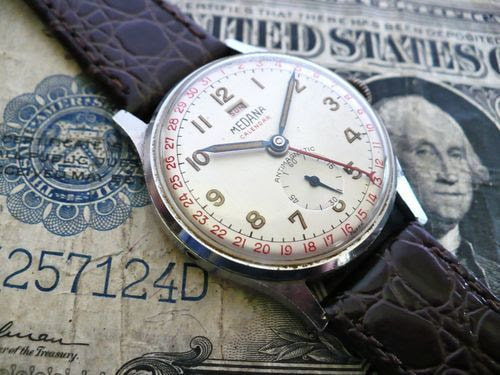
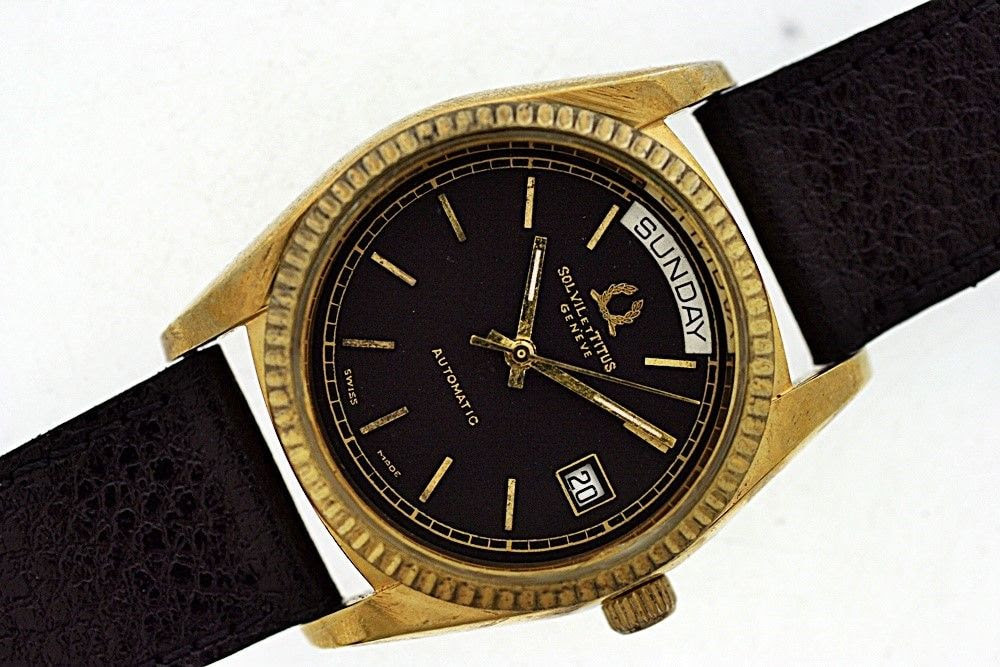
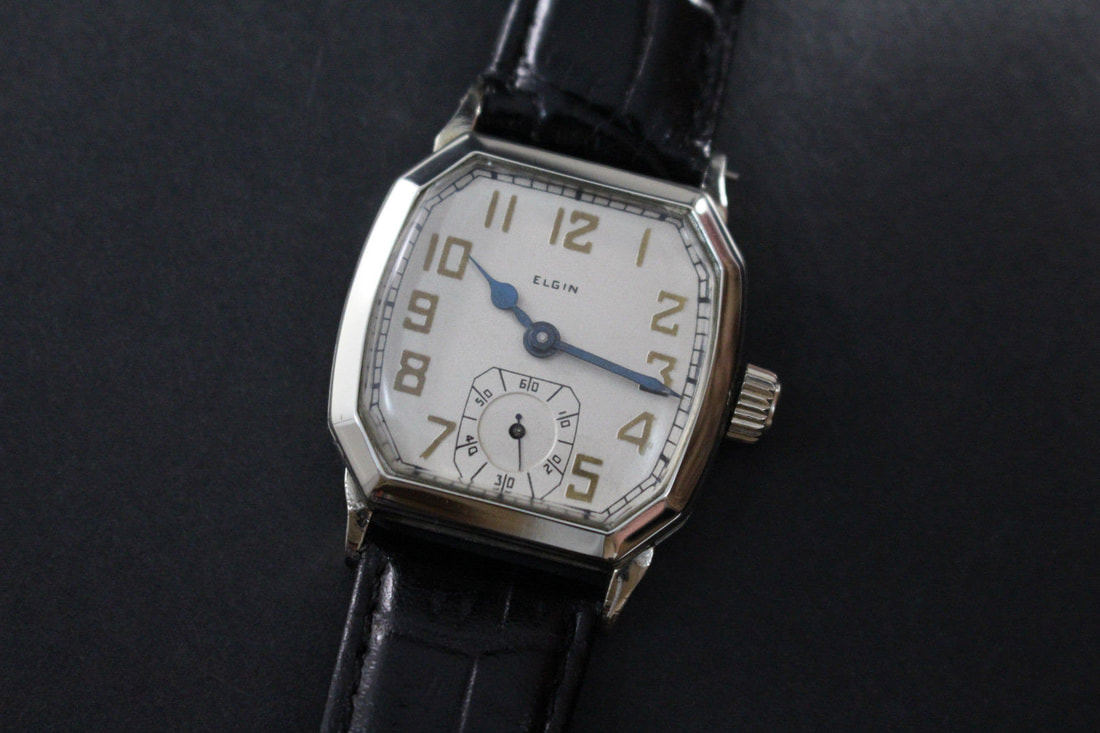
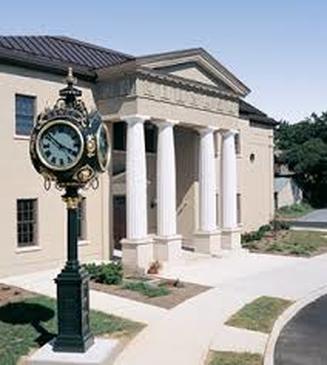

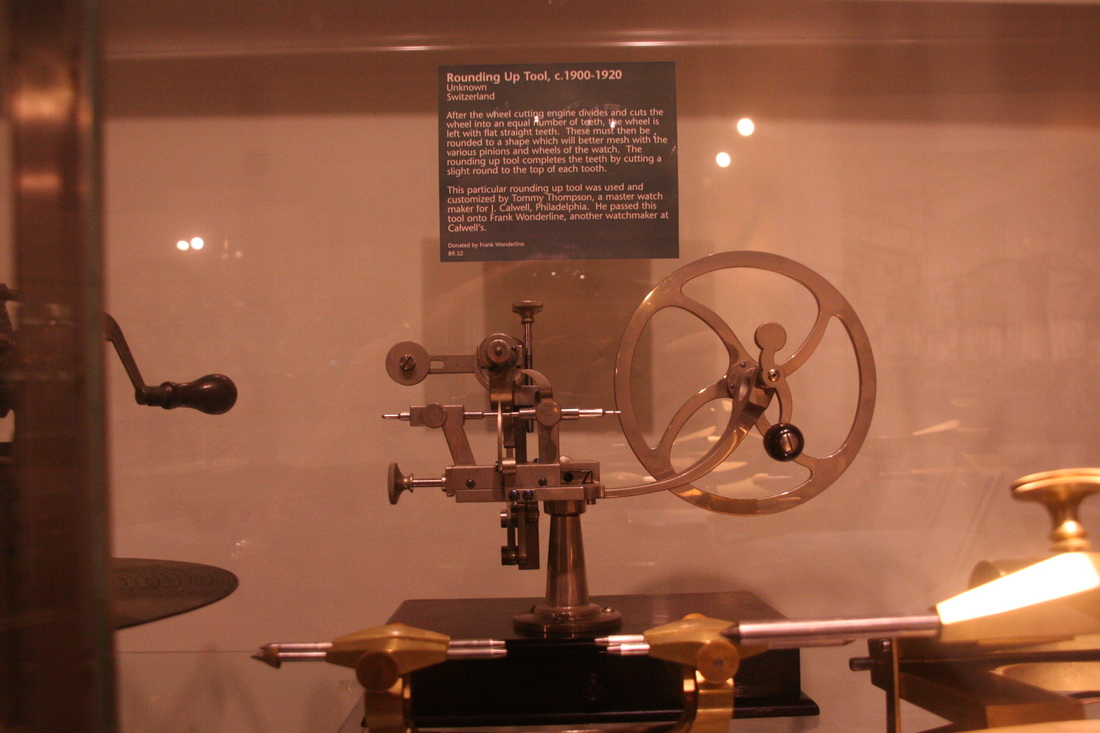
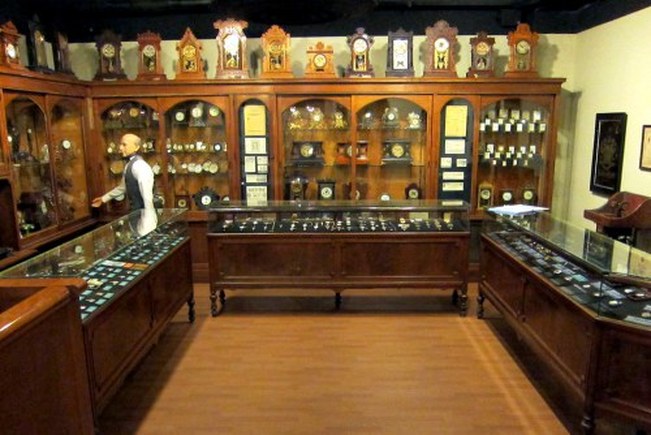
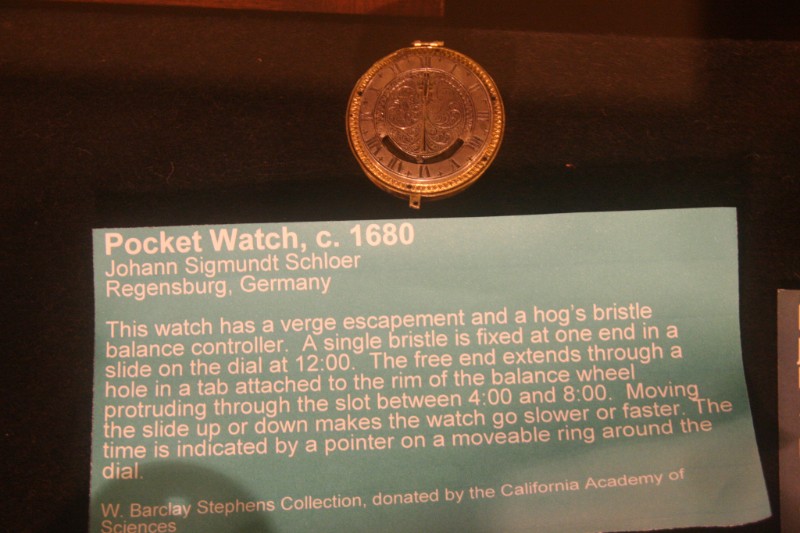
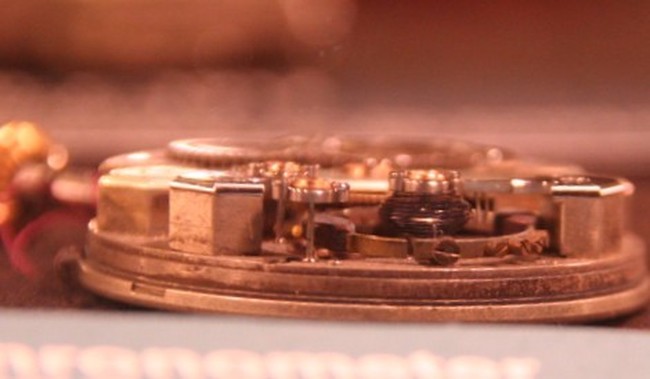

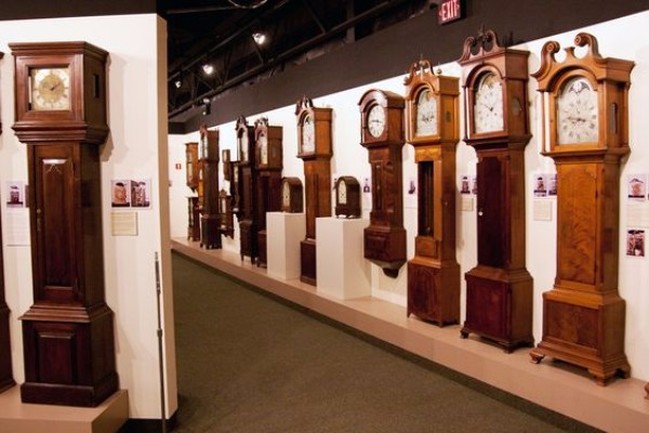
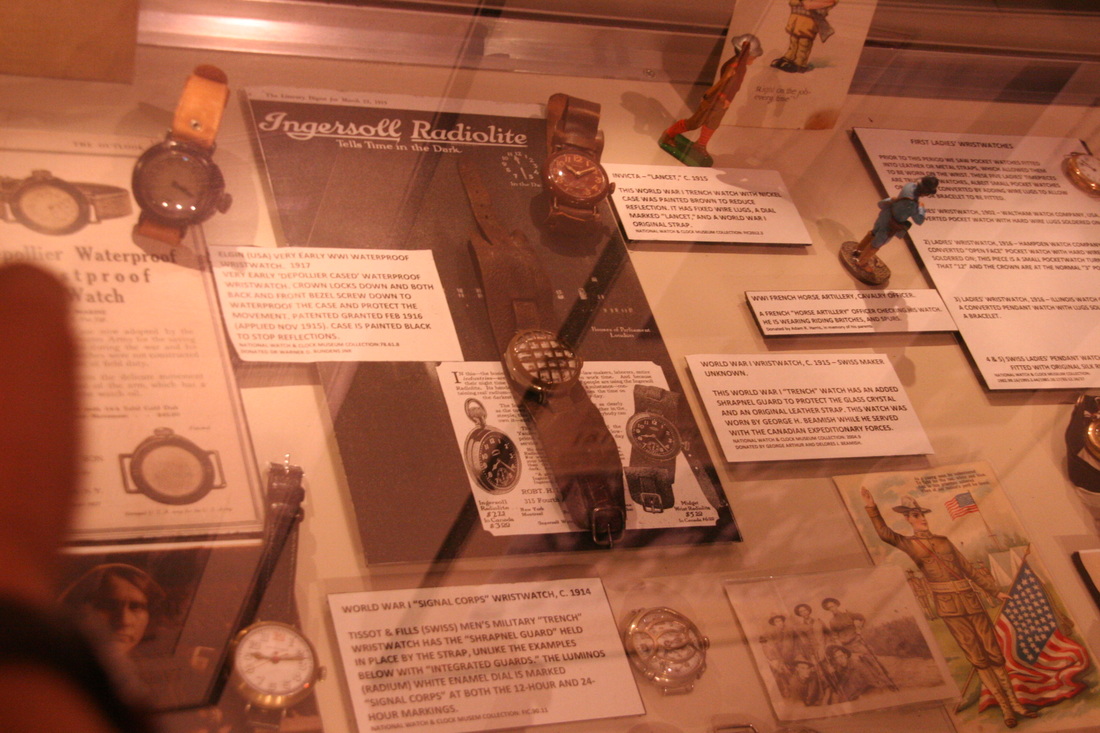

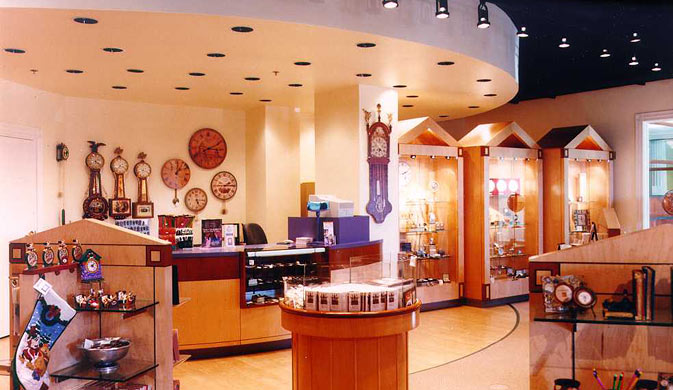
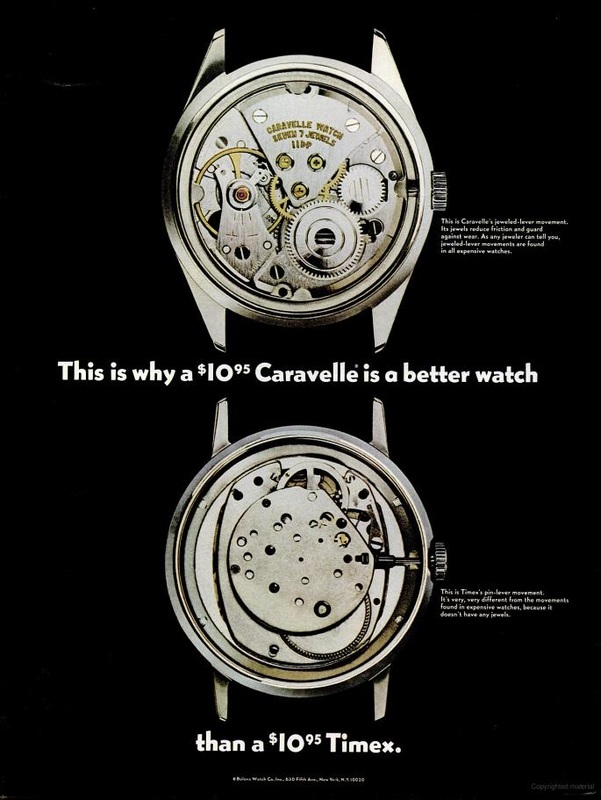
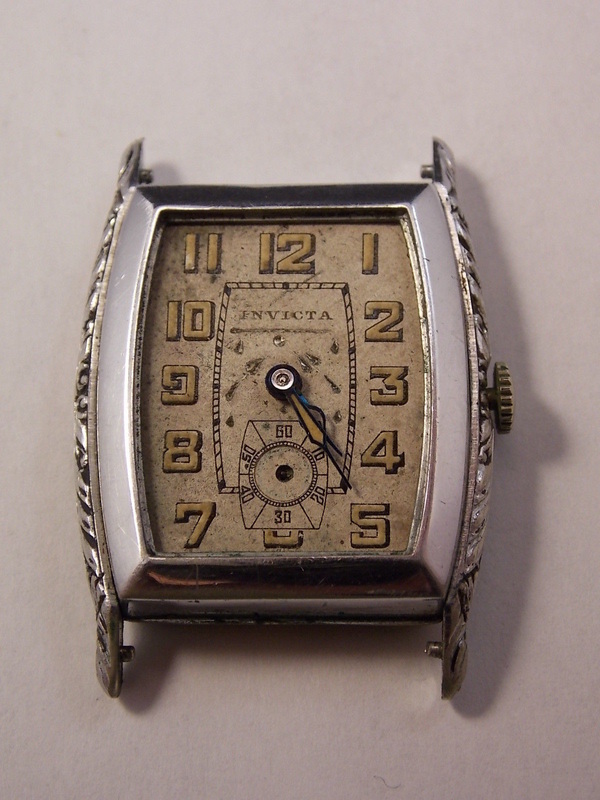
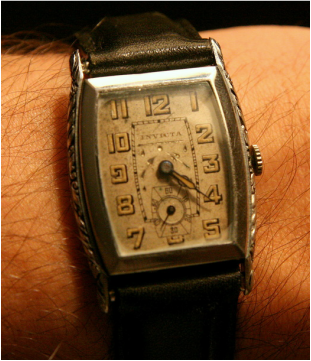

 RSS Feed
RSS Feed
